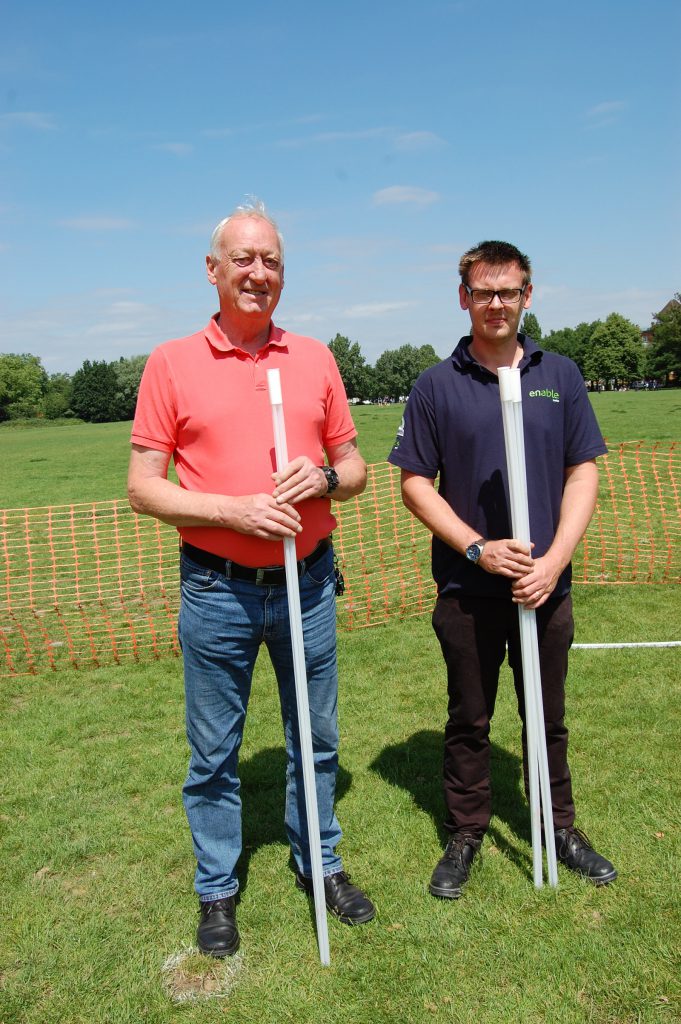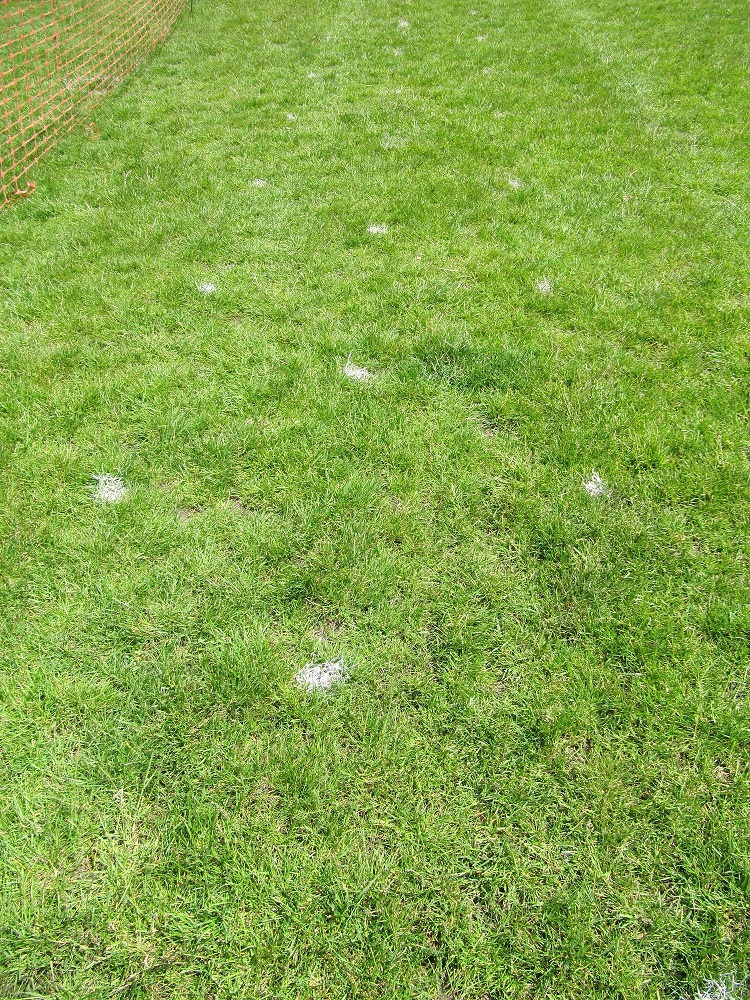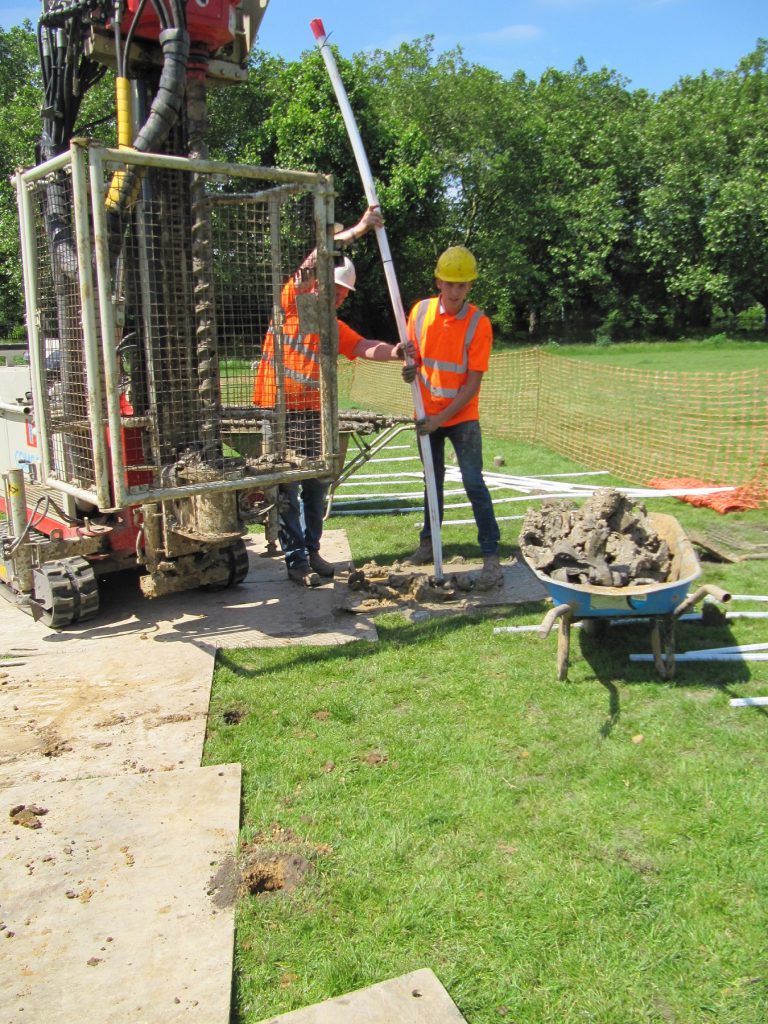Vertical drainage system to benefit Wandsworth Common
Related Articles
A revolutionary vertical drainage system is set to assist with reducing Wandsworth Council’s perennial misery of cancelled football games due to waterlogged playing surfaces on its Wandsworth Common pitches.
The non-obtrusive Groundwater Dynamics’ system – based on the use of vertical plastic pipes (EGRP) which draw in excess water horizontally – is being trialled on three of most troublesome of the council’s seven winter pitches and, depending on their success, the system could be extended across more of the 96 winter pitches that are under the borough’s care.
As Principal Parks Officer – Operations for Enable Leisure and Sport, the operation that delivers Wandsworth Council’s leisure services, Steve Green explains:
“Being on a clay base, these pitches are forever flooding whenever we have excess rain and while the installation of traditional drainage would have been cheaper by up to around 20 per cent, we wouldn’t be allowed by Thames Water to link the new drains to surface water outlets (storm drains and sewers, for example).

Steve Green (left) and Andrew Green reckon the non-obtrusive Groundwater Dynamics’ system, pictured below – which is installed in a grid pattern using vertical plastic pipes (EGRP) which draw in excess water horizontally – could be extended across more of the 96 winter pitches.
“This alternative system not only means the water can be dealt with ‘at source’, but also that current infiltration rates can be increased by at least seven times [in some cases far higher].
“And the installation hardly impacts surface appearance – indeed, looking at the work, I reckon we could easily play on the pitches within hours of installation. In addition, the system will last over 25 years with regular vertidraining and earthquaking (twice per annum for each operation).”
The system – which is suitable for all soil types and is in use on a number of sports surfaces, including at Edgbaston Cricket Club – was installed on the Wandsworth Common pitches by drilling a series of bore holes in a grid pattern across the playing surfaces.
Central rows of 3m deep holes (of 89 mm diameter) are flanked by 1.5m deep holes of 62mm diameter, at 1.5m spacings. The sequence was repeated at every 5m along the length of each pitch. There are also adjacent bores to depths of 6m and 12m.

Each borehole accommodates an Energy-passive Ground water Recharge Pump (EGRP) pipe, the top of which sits 300mm below the surface. The hole is then simply ‘plugged’ and top-dressed.
The innovative five-chamber EGRP design with its mild vacuum draws in water horizontally (to the deeper, 89mm diameter EGRP pipe) and this then drains away into the lower unsaturated strata / water table.
“We have a myriad of users including private schools, academy squads as well as local teams using these pitches which are among the 1,600 acres of open space we maintain,” adds Steve. “The winter pitches are booked for seven days each week, so any cancellations always create headaches – and disappointed players!
“We started to investigate possible solutions and having such a good relationship with Rigby Taylor – from which we source (via idverde) a lot of products, including R14 perennial rye grass seed which we use across all the pitches, as well as selective herbicides, fertilisers, aggregates and topdressings – the Groundwater Dynamics’ system was presented.
“We looked at the system in use at a football training ground (Fulham FC’s) and on a rugby pitch (in Bushy Park, Hampton Court) and spoke to the groundsmen there before going ahead with the trial.”

Steve has been with the council for 38 years and includes cemeteries, litter clearance and buildings maintenance in his remit, which embraces the management of three direct staff and around 100 indirect. He and colleague Andrew Green, who oversees and manages the council’s wide range sports surfaces, both agree that the former methods of earthquaking and vertidraining couldn’t cope with the waterlogging caused by severe rainfall.
“Nowadays,” says Andrew, “extremes of weather are becoming more common, but we’re totally confident that this new system of drainage will go a long way in reducing a problem we’ve had for years on these pitches.”

























